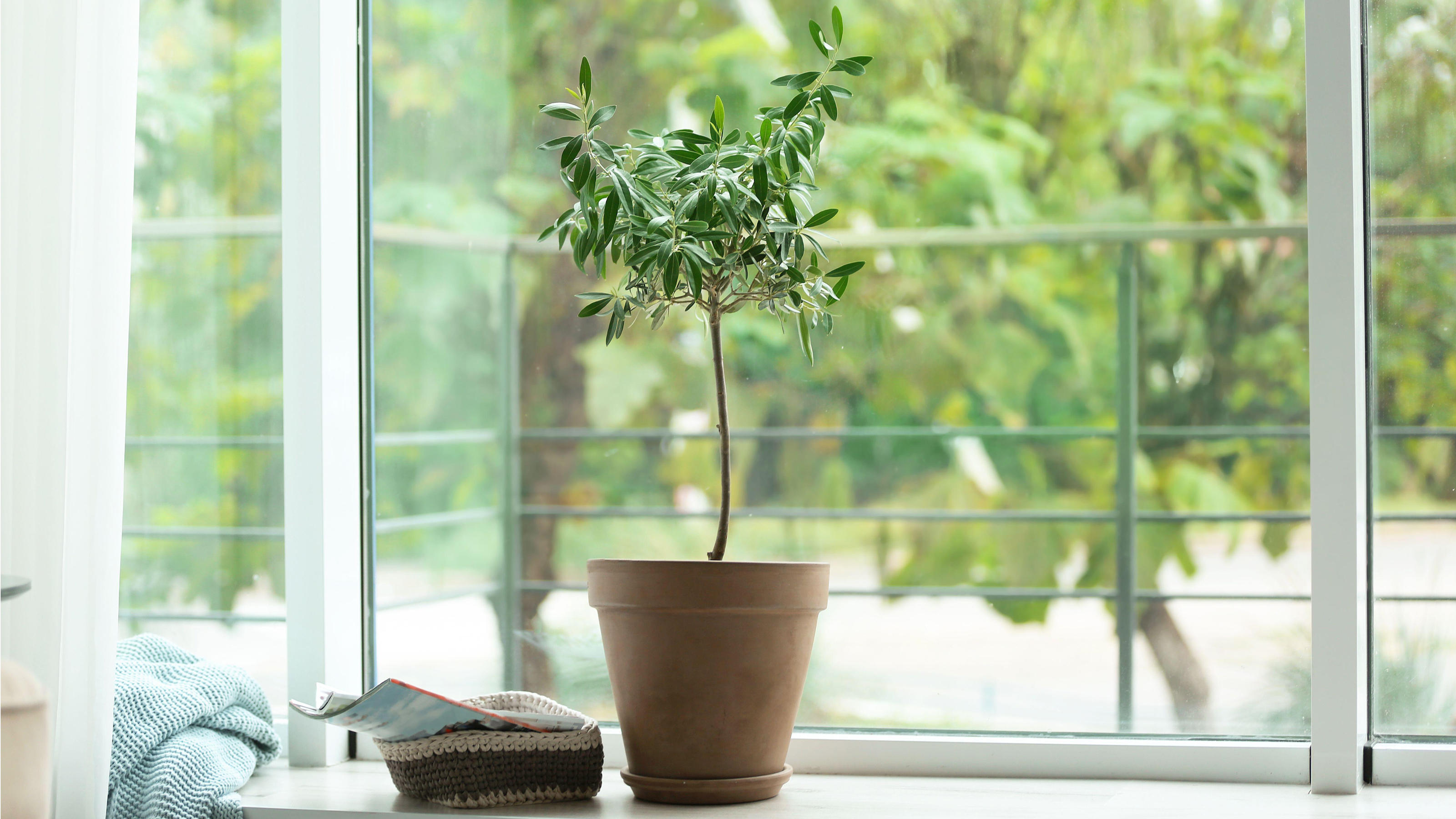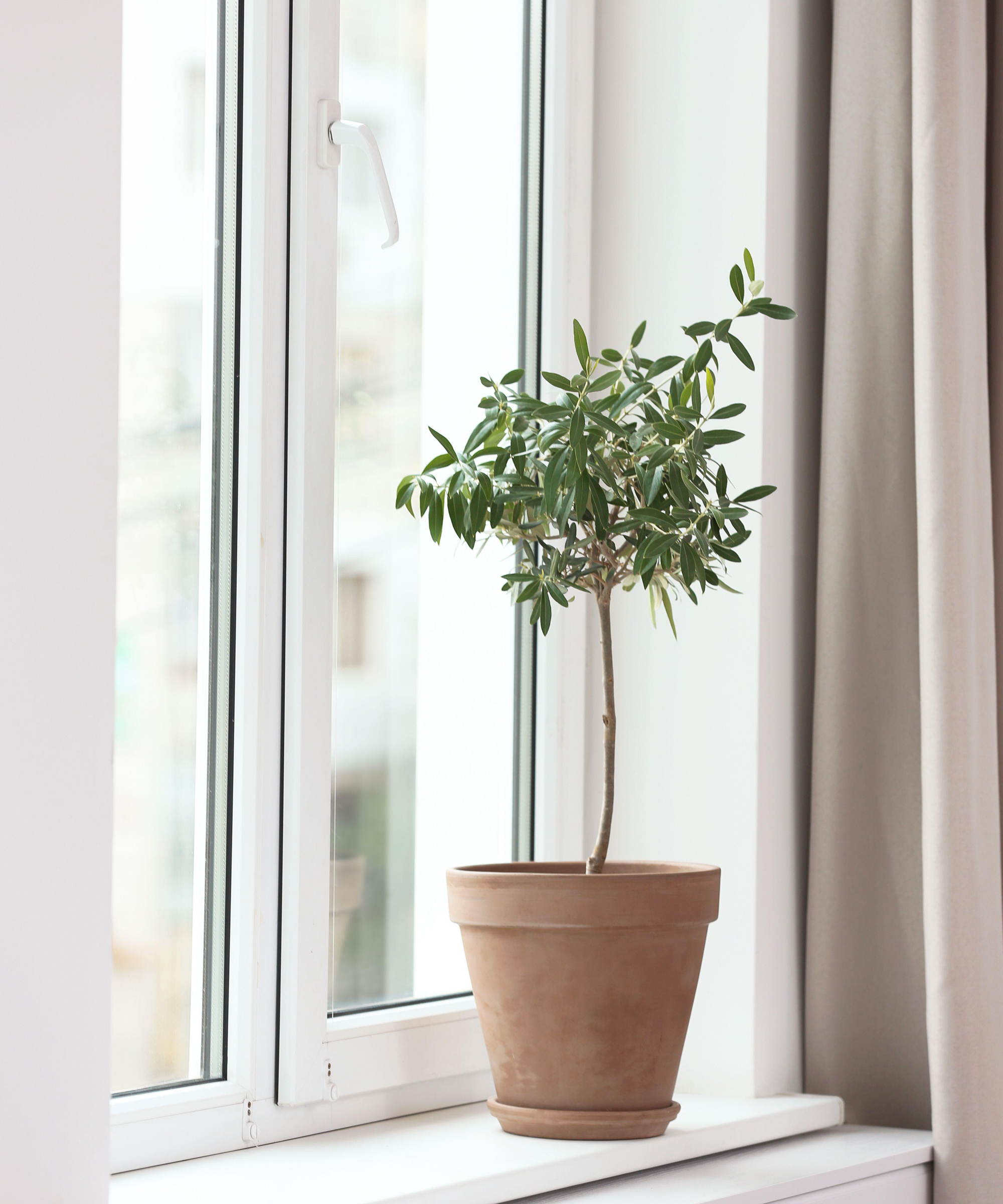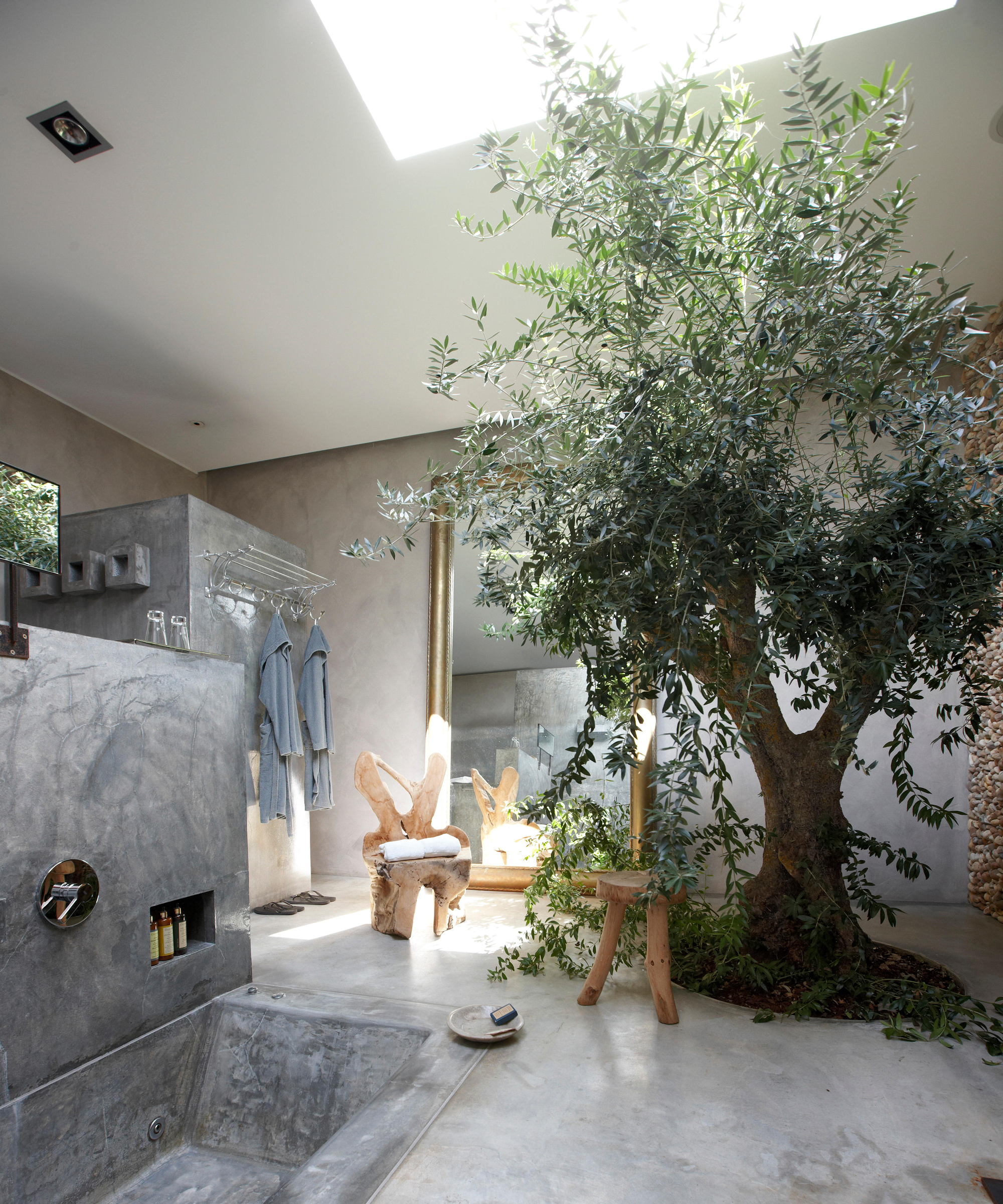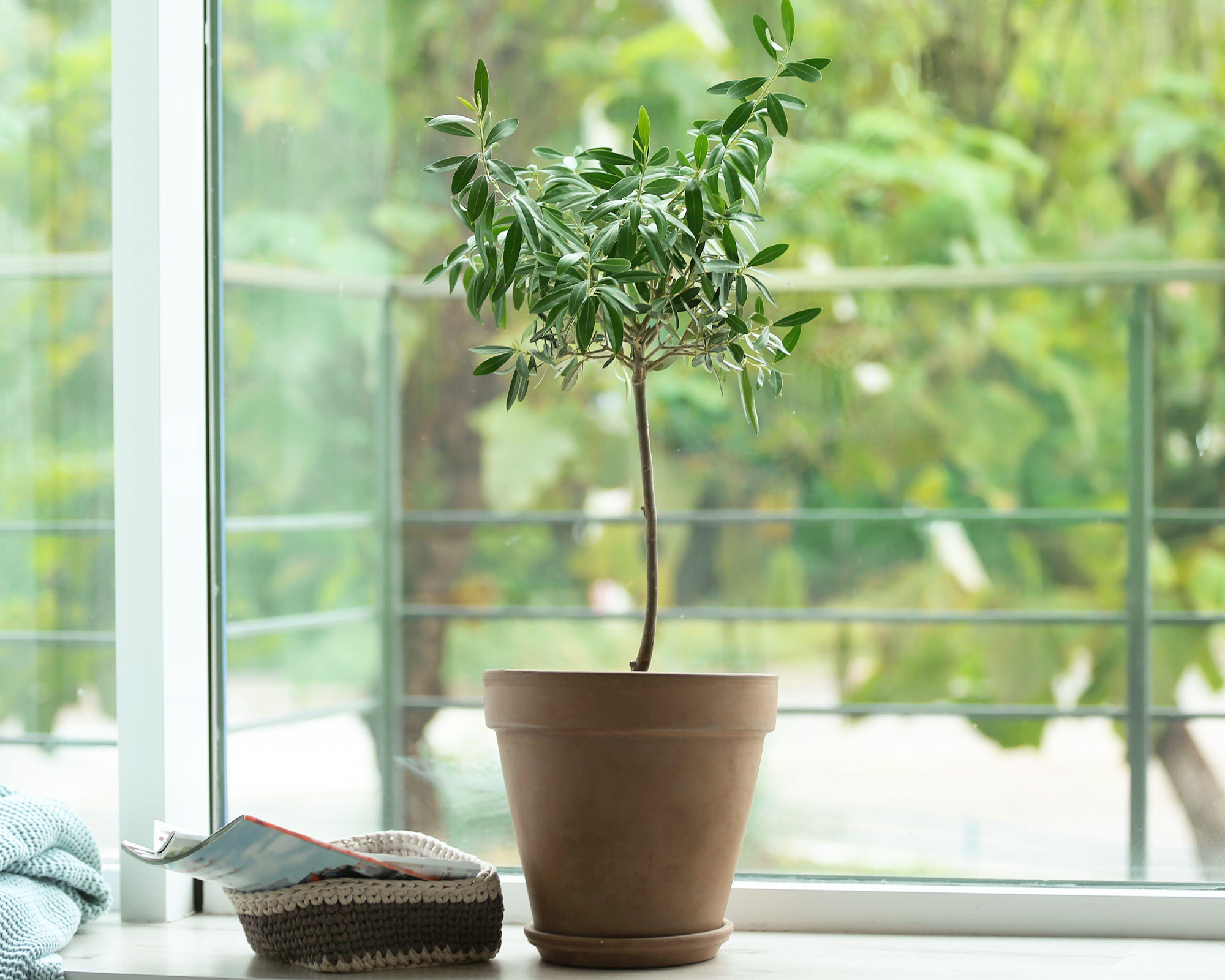Can you grow olive trees indoors? Here's what the experts say
Can you grow olive trees indoors? Find out if growing these beautiful Mediterranean trees indoors is realistic

'Can you grow olive trees indoors?' This question has occurred to many an indoor gardener who has wanted something a bit different from tropical plants as part of their indoor collection. But can these beautiful Mediterranean trees really thrive indoors, and what care do they require?
If you want to bring Mediterranean garden ideas inside, especially during the colder winter months, this is what you need to know about olive trees and their needs.

Can you grow olive trees indoors?
The answer to this question depends very much on the type of olive trees you want to grow for your indoor garden ideas. Emilly Fernandes, gardening expert at House Grail, is confident that olive trees can be grown indoors, but you need to choose the dwarf variety. These trees 'can grow up to 6' tall', but 'if you don't want one that tall, you can always prune it to keep it small.'
If you want to grow standard, full-sized olive trees indoors, you may have more difficulty. Lindsey Hyland, a plant and gardening expert and founder of Urban Organic Yield, is unconvinced. She points out that 'Olive trees grow very slowly and need a lot of space to take root. I've seen them grown in containers, but it is difficult to keep the container moist enough for the plant.'
Edward Jones, Managing Editor of Home Care How, a home and garden improvement website, has more faith, saying that planting olive trees indoors 'works' if you follow a few rules.

How to grow olive trees indoors
The most important thing to remember about olive trees is that they need a lot of sun – six hours a day is the minimum. Edward says that 'If you're living in an area that doesn't get much sun, then olive trees are not for you.'
If you are lucky to live in a consistently sunny climate, 'place your olive trees near a window that gets plenty of sun, preferably a south-facing window.'
The next thing to remember is that olive trees like plenty of water, plenty of space for their roots, and good nutrition. Edward reminds indoor gardeners that 'olives come from the Mediterranean and prefer drier air', but that doesn't mean you shouldn't water your tree regularly.

Give it plenty of room to grow – 'plant your tree in a large pot to avoid re-potting as much as possible, says Edward. Emilly adds that 'you'll want to feed your tree with a balanced fertilizer every 2–4 weeks in the spring and the summer.'
With all of that said, if you want your tree to produce olives, Emilly cautions that 'not all varieties grow fruit. So if you're looking for homegrown olives, make sure to get the correct type of tree.'
To sum up, if you live in a sunny climate and are prepared to give your tree adequate space, you will be able to grow even large olive trees indoors. If you can't guarantee your tree consistent sun, however, you're better off choosing from one of the best indoor plants that will tolerate low-light conditions.
Anna writes about interior design and gardening. Her work has appeared in Homes & Gardens, Livingetc, and many other publications. She is an experienced outdoor and indoor gardener and has a passion for growing roses and Japanese maples in her outside space.
